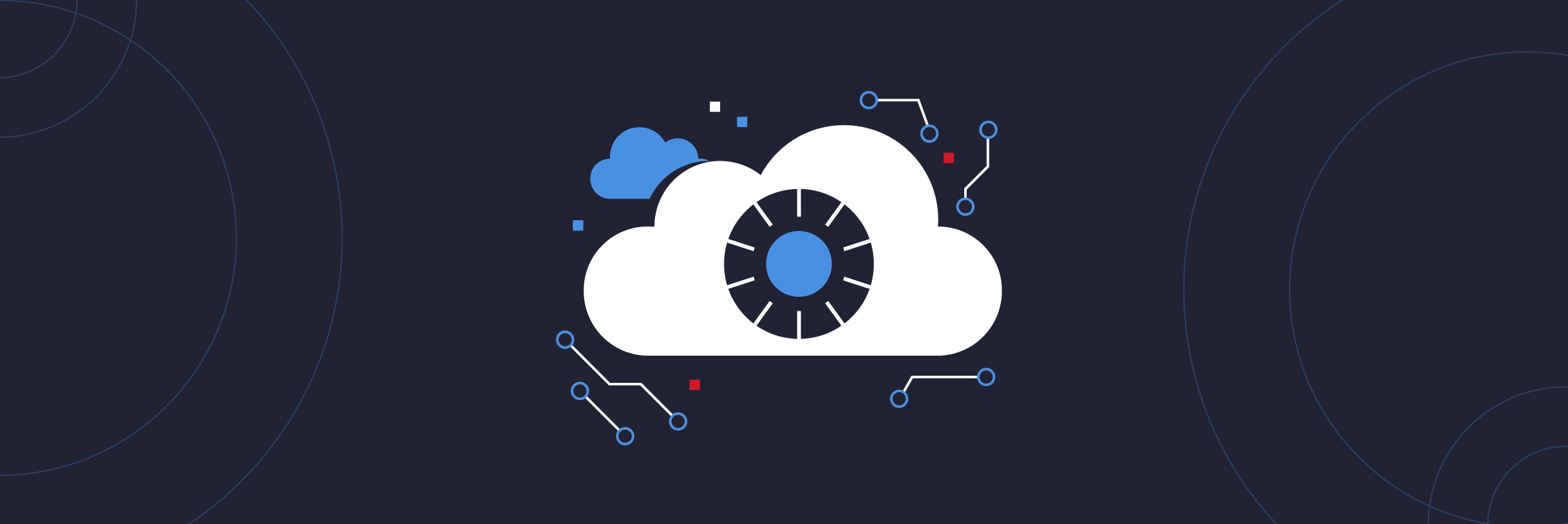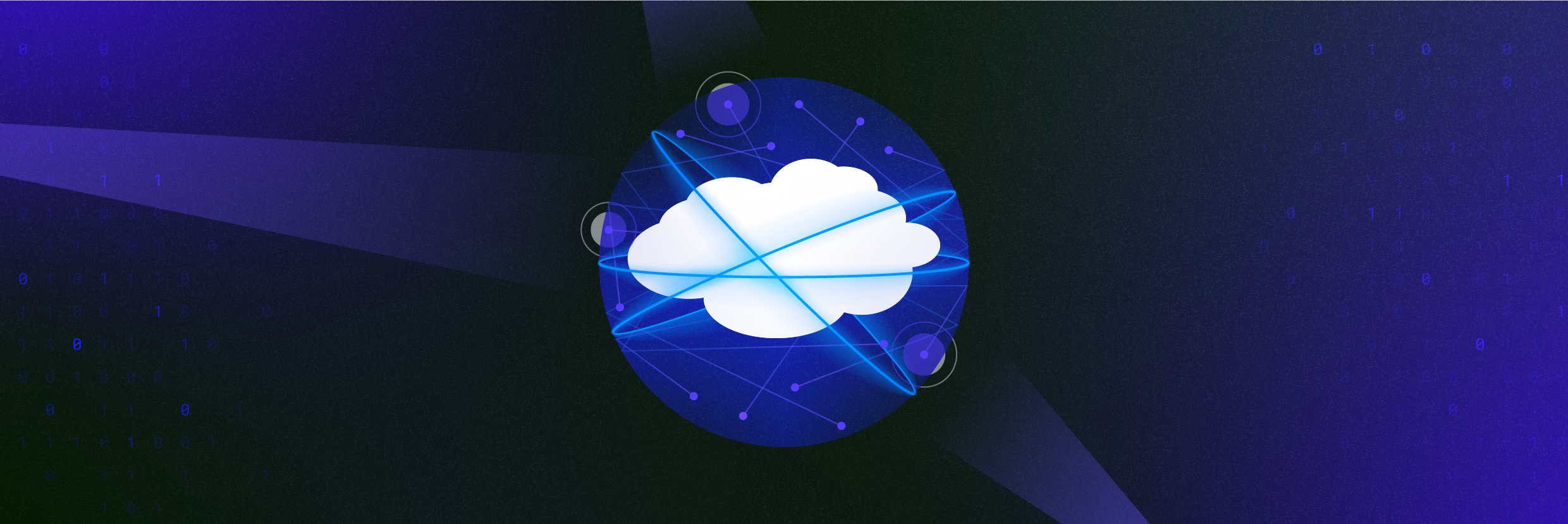Cloud applications boost productivity and ease collaboration. But when it comes to keeping your organization safe from cyberattacks, they're also a big, growing risk.
Your data is in more places than ever before. It lives in sanctioned data stores on-premises and in the cloud, in online collaboration platforms like Microsoft 365, and in software-as-a-service (SaaS) applications like Salesforce.
This digital transformation means traditional security focused on shoring up perimeter defenses and protecting endpoints (e.g., phones and laptops) can leave your company dangerously exposed. When you have hundreds or thousands of endpoints accessing enterprise data virtually anywhere, your perimeter is difficult to define and harder to watch. If a cyberattack hits your company, an attacker could use just one endpoint as a gateway to access vast amounts of enterprise data.
Businesses rely on dozens of SaaS applications - and these apps can house some of your organization's most valuable data. Unfortunately, gaining visibility into these applications can be challenging. As a result, we see several types of risk accumulating more quickly than executives often realize.
Three SaaS Security Risks To Discuss With Your IT Team Right Now
Unprotected sensitive data
SaaS applications make collaboration faster and easier by giving more power to end users. They can share data with other employees and external business partners without IT's help. With productivity gains, we, unfortunately, see added risk and complexity.
On average, employees can access millions of files (even sensitive ones) that aren't relevant to their jobs. The damage that an attacker could do using just one person's compromised credentials - without doing anything sophisticated - is tremendous.
With cloud apps and services, the application's infrastructure is secured by the provider, but data protection is up to you. Most organizations can't tell you where their sensitive data lives, who has access to it or who is using it, and SaaS applications are becoming a problematic blind spot for CISOs.
Let's look at an example. Salesforce holds critical data - from customer lists to pricing information and sales opportunities. It's a goldmine for attackers. Salesforce does a lot to secure its software, but ultimately, it's the customer's responsibility to secure the data housed inside it. Most companies wouldn't know if someone accessed an abnormal number of account records before leaving to work for a competitor.
Cloud misconfigurations
SaaS application providers add new functionality to their applications all the time. With so much new functionality, administrators have a lot to keep up with and many settings to learn about. If your configurations aren't perfect, however, you can open your applications - and data - to risk. And not just to anyone in your organization but to anyone on the internet.
It only takes one misconfiguration to expose sensitive data. As the CEO of a company that has helped businesses identify misconfigured Salesforce Communities (websites that allow Salesforce customers to connect with and collaborate with their partners and customers), I've seen firsthand how, if not set up correctly, these Communities can also let malicious actors access customer lists, support cases, employee email addresses, and more sensitive information.
App interconnectivity risk
SaaS applications are more valuable when they're interconnected. For example, many organizations connect Salesforce to their email and calendaring system to automatically log customer communication and meetings. Application program interfaces (APIs) allow SaaS apps to connect and access each other's information.
While APIs help companies get more value from their SaaS applications, they also increase risk. If an attacker gains access to one service, they can use these APIs to move laterally and access other cloud services.
Balancing Productivity And Security In The Cloud
When it comes to cloud applications and services, you must balance the tension between productivity and security. Think of it as a broad, interconnected attack surface that can be compromised in new ways. The perimeter we used to defend has disappeared. Endpoints are access points.
Now consider what you're up against. Cybercrime - whether it's malicious insiders or external actors - is omnipresent. If you store sensitive data, someone wants to steal it. Tactics created by state actors have spilled over into the criminal realm, and cryptocurrency continues to motivate attackers to hold data for ransom.
Defending against attacks on your data in the cloud demands a different approach. It's time for cybersecurity to focus relentlessly on protecting data.
Data protection starts with understanding your digital assets and knowing what's important. I've met with large companies that guess between 5-10% of their data is critical. When ransomware hits, however, somehow all of it becomes critical, and many times they end up paying.
Next, you must understand and reduce your SaaS blast radius - what an attacker can access with a compromised account or system.
An attacker's job is much easier if they only need to compromise one account to get access to your sensitive data. Do everything you can to limit access to important and sensitive data so that employees can only access what they need to do their jobs. This is one of the best defenses, if not the best defense against data-related attacks like ransomware.
Once you've locked down critical data, monitor and profile usage so you can alert on abuse and investigate quickly. Attackers are more likely to trigger alarms if they have to jump through more hoops to access sensitive data.
If you can't visualize your cloud data risk or know when an attack could be underway, you're flying blind.
If you can find and lock down important data in cloud applications, monitor how it's used and detect abuse, you can solve the lion's share of the problem.
This is the essence of zero trust- restrict and monitor access, because no account or device should be implicitly trusted, no matter where they are or who they say they are. This makes even more sense in the cloud, where users and devices - each one a gateway to your critical information - are everywhere.
This article first appeared on Forbes.
What should I do now?
Below are three ways you can continue your journey to reduce data risk at your company:
Schedule a demo with us to see Varonis in action. We'll personalize the session to your org's data security needs and answer any questions.
See a sample of our Data Risk Assessment and learn the risks that could be lingering in your environment. Varonis' DRA is completely free and offers a clear path to automated remediation.
Follow us on LinkedIn, YouTube, and X (Twitter) for bite-sized insights on all things data security, including DSPM, threat detection, AI security, and more.






